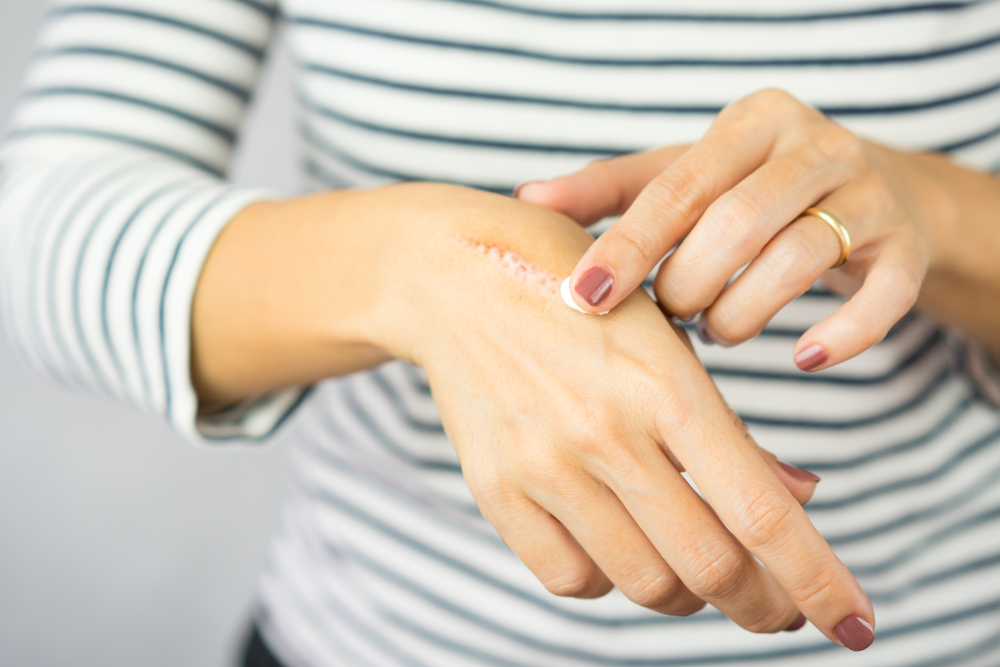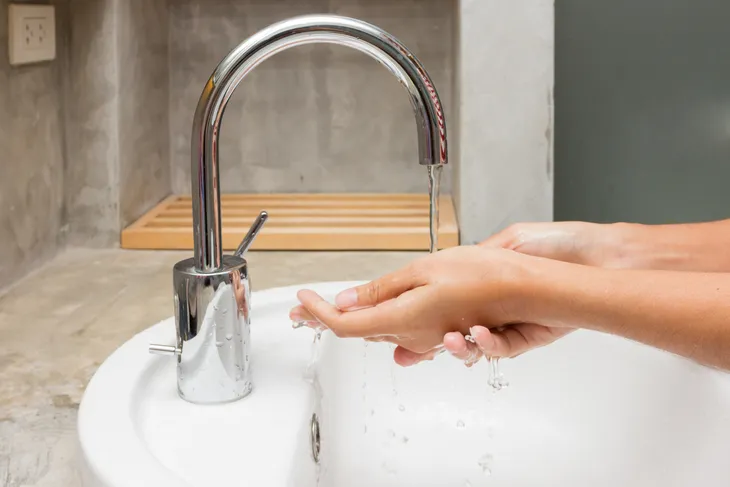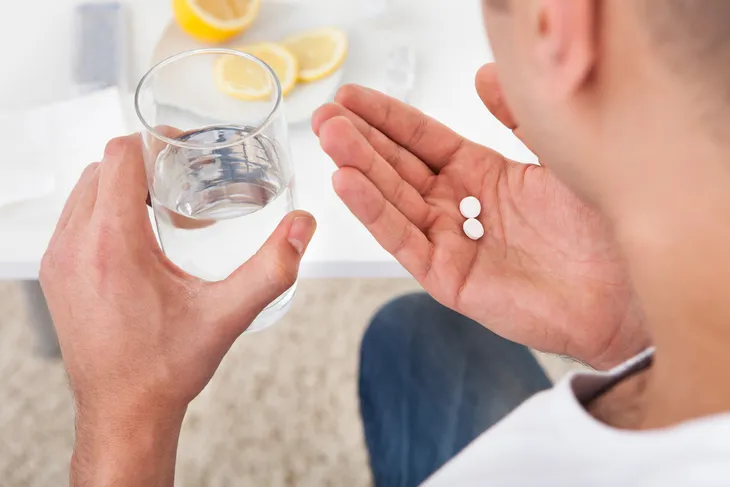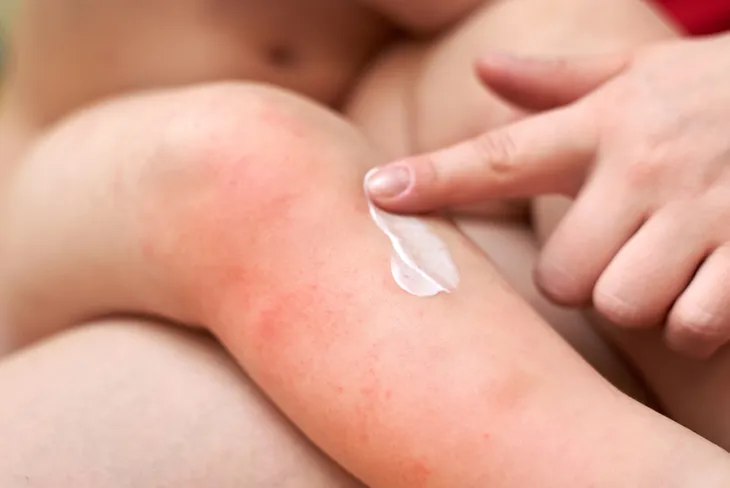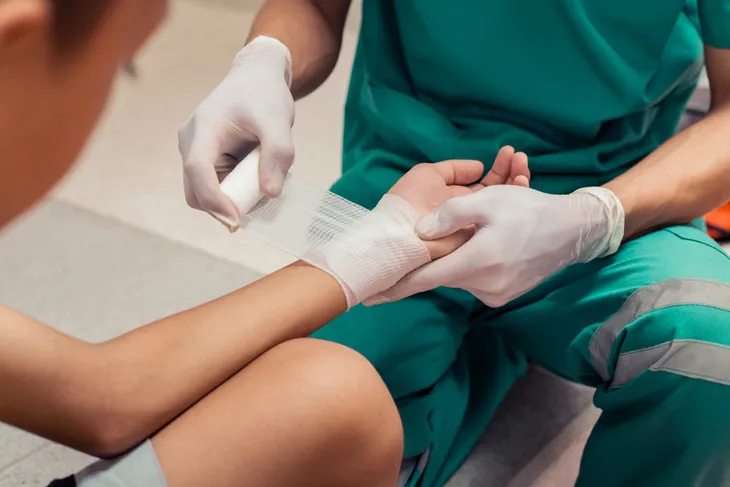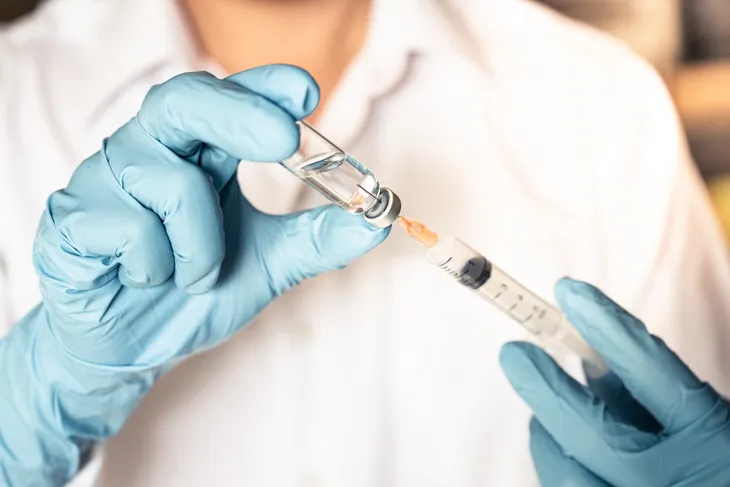There are a number of ways you can accidentally burn yourself at home or at work – whether you spill some boiling water on your hand from a pot or kettle, touch a hot iron, rest against a radiator, or stay out in the sun unprotected too long. These situations can be alarming, but treating these kinds of burns quickly can help extinguish pain and possible scarring.
These types of burns are typically first-degree – meaning you’ll have reddened skin and some discomfort, but no blistering. If your skin forms blisters (don’t pop those on your own) or develops a “white, leathery appearance” as described by Healthline, then you’ll probably want to skip the home remedies and go to a hospital. Here are six ways to soothe minor burns without the help of a medical professional (in most of the examples)…
Cool it Down
WebMD notes if you’ve managed to scald yourself with a hot liquid, then you should run cool tap water over the affected site for at least 10-minutes (up to 20-minutes) – but it specifically says you shouldn’t apply ice (although holding a cloth soaked with cool water on the burn will suffice).
Healthline advises you should still see a doctor if the burn site includes more than 3-inches of skin, and if it affects your face or certain joints such as the knee, ankle, elbow, as well as the spine and forearms.
Pop Some Pain Pills
Often the burning sensation can be a lot to bear for a victim, even in the case of first-degree burns. The Mayo Clinic says almost any over-the-counter painkiller will do – listing ibuprofen (Advil, Motrin), naproxen sodium (Aleve) or acetaminophen (Tylenol) as possible options. Most people will have at least one of these in their home already.
Don’t go over the recommended dose on the bottle, even if the pills don’t seem to be providing any relief. If you’re in extreme pain, then it might be wise to seek emergency help.
Apply an Ointment
MedicinePlus.gov said once the burn has been sufficiently cooled down, you could add some ointment in the form of petroleum jelly or aloe vera on the affected area. These ointments don’t require an antibiotic element, as some of these types of ointments can actually make it worse through an allergic reaction.
The source warns against using any creams, lotions, oils, butter, or egg whites on minor burns. Other sources note these can increase the chance of infection, slow the healing process, or aggravate the pain.
Protect the Burn
FirstAidAnywhere.com explains that once you’ve got the burn soothed with an aloe gel, then you can go ahead and dress the wound to help it heal and protect it from infections. The source suggests using a dry sterile non-stick dressing, which will help prevent it from sticking to the wound if it oozes underneath.
Doing this will also of course help to protect the burn from rubbing against anything directly, which can be painful and open up blisters (if any are present). Be sure to change the bandages every day until the wound is cleared up.
Keep an Eye on the Wound
The same source (FirstAidAnywhere) also notes it’s important to keep monitoring the burn site for infections. These telltale signs can include increased pain, pus, fever, red streaks extending from the burn site, or even swollen lymph nodes. These symptoms warrant seeking medical attention, it adds.
If you have some of these signs and ignore them, it can take a lot longer for the skin to heal (not to mention you’ll have to put up with the unpleasant side effects). It adds that itchiness is not usually a sign of infection – it’s a natural occurrence when the skin is healing.
Consider a Tetanus Shot
Burns can increase the risk of tetanus, a bacterial infection that can cause serious health complications. AdvancedTissue.com notes that even minor burns can lead to tetanus, so make sure you book a booster shot from your doctor as soon as you can.
MedicineNet says that bacteria (Clostridium tetani) that can cause tetanus can be found in soil or even dust, entering the body through wounds (typically cuts) and burns.
